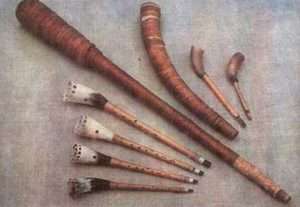
Learning to play the keyboard. Keyboard practice methods.
 We can conduct our keyboard education in two ways. Which one to choose depends on certain factors, such as the approach to the educational process itself. The age of the learner himself and his plans for the future play an important role here. A middle-aged or even elderly adult, who wants to fulfill his childhood dreams and learn to play only for his pleasure, or is looking for a new hobby, probably has a different approach. On the other hand, a child who dreams far into the future and has extensive plans connected with the beginning of education will probably have a different vision.
We can conduct our keyboard education in two ways. Which one to choose depends on certain factors, such as the approach to the educational process itself. The age of the learner himself and his plans for the future play an important role here. A middle-aged or even elderly adult, who wants to fulfill his childhood dreams and learn to play only for his pleasure, or is looking for a new hobby, probably has a different approach. On the other hand, a child who dreams far into the future and has extensive plans connected with the beginning of education will probably have a different vision.
Thus, we can learn to play the keyboard in such a simplified form, where our education will be limited to such basic skills of operating the keyboard. This will be the basic skill of playing a melody with your right hand and putting chords in your left hand. However, we can choose a more complete form of education, similar to what is realized in piano classes. Of course, the first option is directed rather to all those who want to master only the basics of playing with the use of functions such as automatic accompaniment in a rather short, even express pace. For people who want to take up more ambitious challenges and even have the prospect of learning to play the piano, I suggest starting this fuller form of education from the very beginning. Of course, no matter what form of education we undertake, the knowledge of the notes, about which we told ourselves quite extensively in the previous section, should be our priority. Whether we become amateurs playing only for ourselves or become professionals, this skill will always work for us.
A simplified form of playing the keyboard
As we have already said, it is possible to play the keyboard in a very simplified form. This is, of course, due to the technical possibilities offered by the keyboard. In a sense, it was designed so that one person could imitate an entire orchestra. There was a time when keyboards were called samplays, which were mainly used for chats by party attendants. The right hand plays themes and some simple solos, and the left hand automatically activates the entire accompaniment of the rhythm section corresponding to the given chord function after playing a chord. Such basic keyboard skills can be acquired after a dozen or so lessons.
Of course, each of the individual keyboard models has more or less advanced options on board. But in virtually every standard function, it is possible to set the function so that the chord played in the left hand is recognized after pressing one or two keys. For example: a C major chord consists of the notes C, E, G.
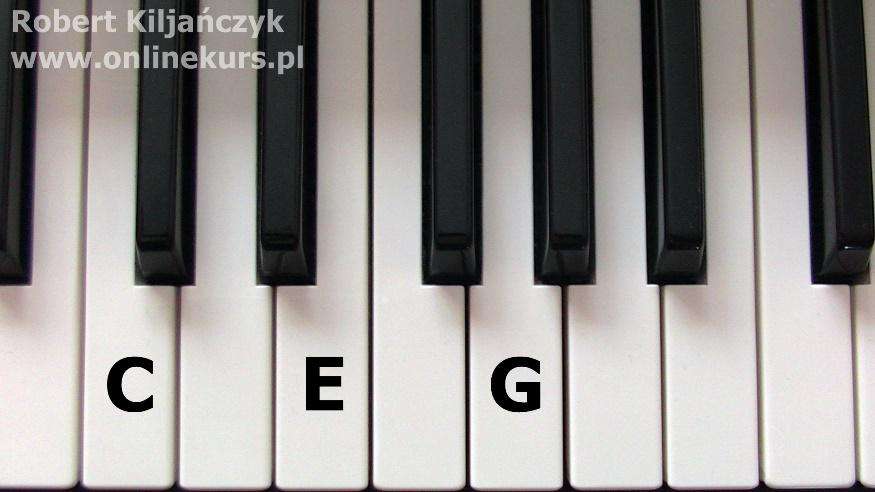
On the keyboard, however, it is possible to set the instrument in such a way that the major chords are recognizable after pressing one key. And then when you press the C key on the auto accompaniment side, the instrument reads it as if you were playing an entire full C major chord with three keys.
Basic chords: major, minor
When playing the keyboard, the main task of the left hand will be chord writing, i.e. playing chords. These basic chords include major and minor chords. Each basic chord will have three elements, that is, three notes. Individual sounds are separated by a certain distance, which we call intervals. So in each such fundamental chord we will have two intervals. A major chord is made up of two thirds: a major third and a minor third. On the other hand, a minor chord and a major third, i.e. the opposite of the major chord.
Thus, an exemplary C major chord will consist of the notes C, E, G, while a minor C minor chord will consist of the notes C, E, G.

To make it easier to assimilate these individual distances, it is worth familiarizing yourself with the intervals and distances between individual sounds.
Musical halftones and intervals, and chord building
The smallest musical distance between individual keys will be a semitone, e.g. C / Cis or D / Dis or E / F or H / C.
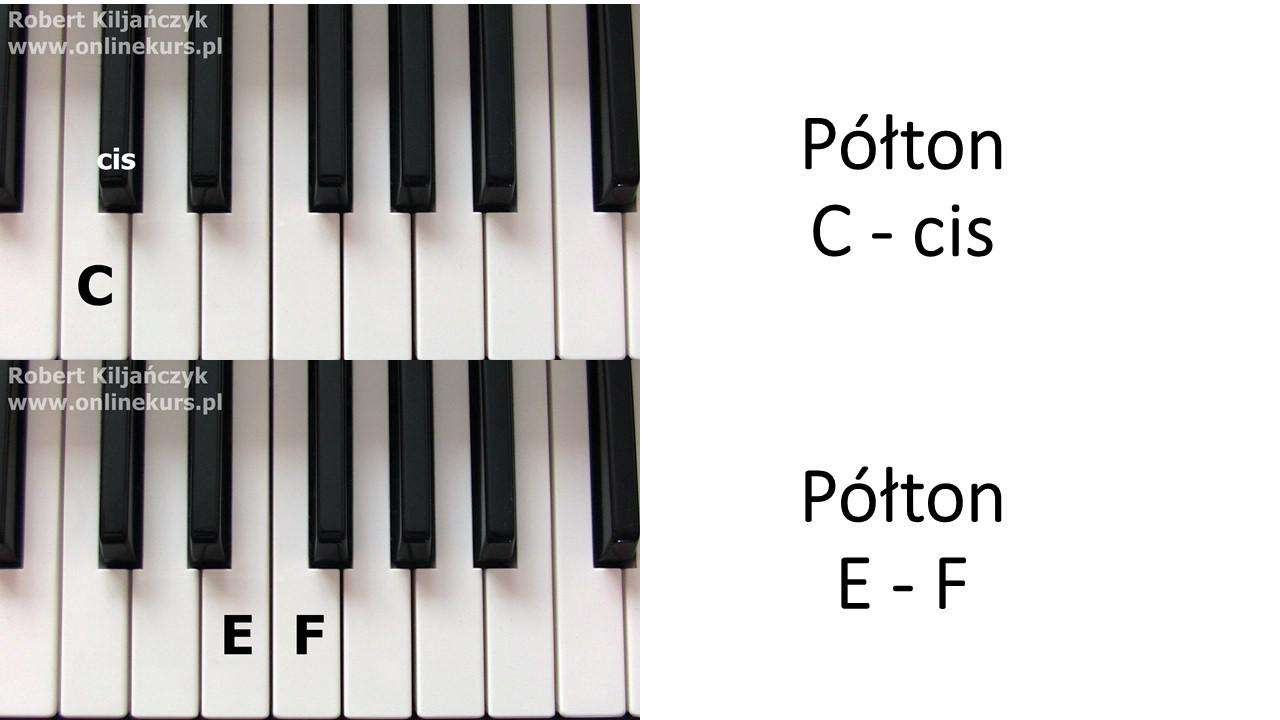
As we have already said, the C major chord consists of a major third and a minor third. From C to E we have a major third because we have four semitones. From E to G we have a minor third, and we have three semitones.
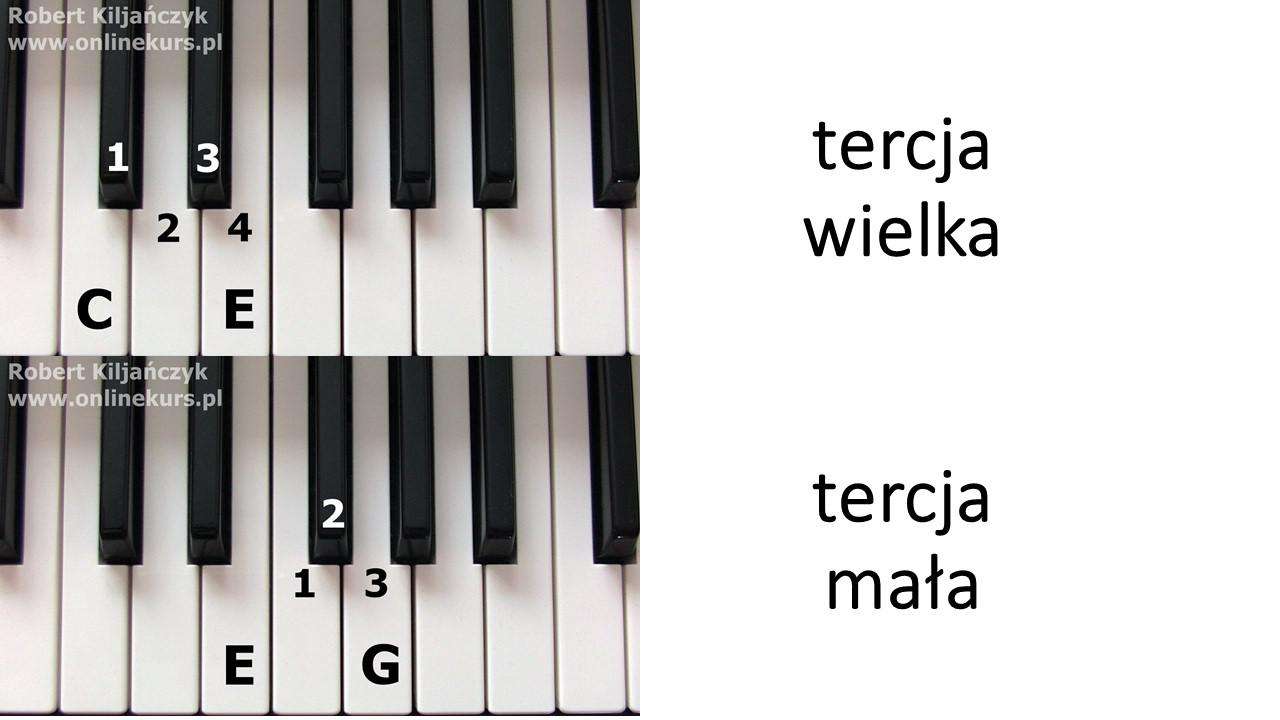
For the minor chord we will have the opposite situation and in the example of the C minor chord the first distance between C and E will be a minor third, and the second distance between E and G will be a major third.
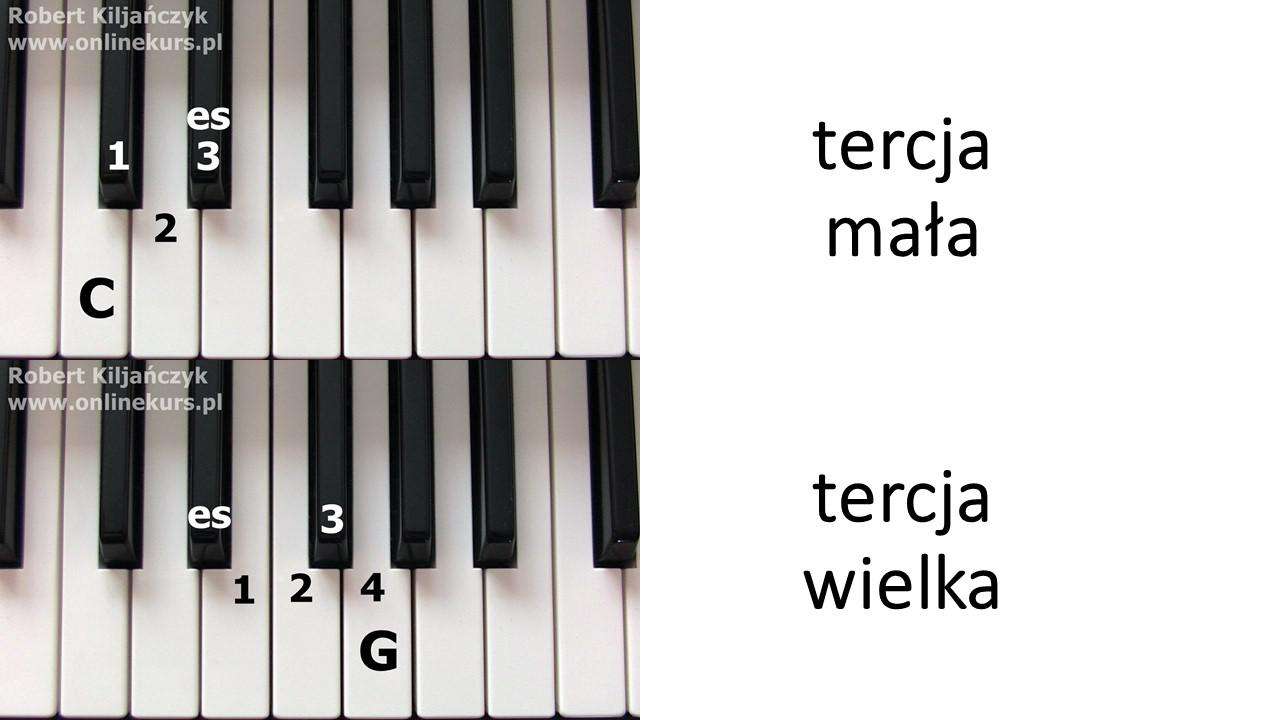
Of course, there is a whole range of intervals, but in the beginning, in order to facilitate the construction of individual major and minor chords, you should learn these two distances, remembering that a major third has four semitones and a minor third has three semitones. If you remember this rule, you will be able to create a major or minor chord from any key you choose.
Summation
In this part of the cycle, you had the opportunity to learn about, among other things, how to build major and minor chords. They are the ones most used in music and this is where you will start. As I mentioned at the beginning of the keyboard, as a digital instrument, it can do many things for a person and we can obtain certain chords using one or two keys. Of course, you can use these facilities, but at the stage of education, do not limit the possibilities of acquiring skills. Practice building full chords from the beginning and don’t get used to any shortcuts. This will pay off in the future and will give you the basis for playing a typical piano technique, which is definitely more professional.




